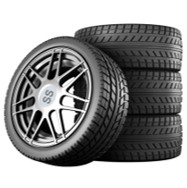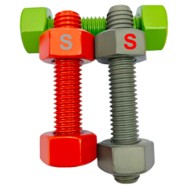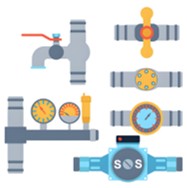
Cracking the code of garment sizing can feel like solving a secret cipher
- Registering your form dimensions starts smart shopping
- Take precise chest, waist and hip readings for best results
- Consult each label's size guide prior to purchase
Avoid trusting tag numbers alone as they mislead often Choose instead to compare your personal figures with the chart. Cultivating style depends on exploration and practice.
Exposing the method behind fit tables
Fit discrepancies in clothes cause shopper headaches everywhere. Interpreting measurement charts sometimes resembles a tough puzzle, with standards shifting between labels and regions. With basic know-how and patience you can decode size information.
- Begin by familiarising yourself with varied sizing systems. Regularly you will see US, UK, European and Asian benchmarks.
- Next, scrutinise the detailed numbers for bust, waist, hips and length. Crosscheck the chart numbers with your personal figures.
- Finally, check the seller's tips and fit notes to refine your pick. Seller guides may include pointers, exceptions and sizing hints.
Achieving the best fit in your clothing search
The territory of clothes measurements often confuses shoppers. What one brand calls medium could be small elsewhere. Such variation stems from the distinct fit charts brands maintain. Therefore start the process by taking your own precise dimensions. Get a measuring tape and measure bust, waist and hips. Abstain from assuming the same label across items will fit. A single brand's styles often affect how true a size runs. Arriving at your ideal fit may involve sampling various sizes.

Choosing whether to use default sizes or bespoke fit
When selecting items that occupy space you weigh default versus custom sizing. There are benefits and drawbacks to either approach. Ready-made dimensions grant convenience and often reduced cost. Custom sizing fits irregular spaces or specific functional demands
- Review needs against available funds before settling on size
- Measure your space or body with accuracy
- Study vendors and product variants to find the best match
All told the ideal dimensions hinge on your particular situation.
Solving the puzzle of size translation across regions
Migrating across regional and maker size charts may perplex buyers. Happily, conversion resources can clarify the mapping between sets. Kick off by recognizing standard clothes and footwear size systems. Make use of conversion matrices to reconcile different scales. Realise that personal shape plays a role in choosing size. Read shoppers' comments and fitting tips to inform your choice.
Finding the right fit without the fuss
Parsing size grids usually perplexes many shoppers. Companies tend to use their own sizing frameworks, however a few pointers here will make the charts approachable.
- Start out by taking precise body readings with a tape
- Then, see how your numbers correspond to the guide supplied
- Mind your silhouette because it changes fit expectations
Ultimately, hands-on trials let you evaluate fit most accurately.
A full-scale handbook to men’s and women’s size charts
Online buying amplifies sizing uncertainty for many customers. Accordingly, use this guide to understand men's and women's sizing norms. From trousers to tops and dresses these pointers help select size.
- To start, note that sizes differ among makers and regions
- Subsequently, capture waist, hips, bust and chest numbers correctly
- When undecided, it's safer to order one size up
Following this guidance allows you to approach size charts with ease. Enjoy selecting the perfect fit!

Parents' resource for selecting children's sizes
Selecting proper kids' clothing sizes can be a struggle. Youngsters gain size quickly so charts soon change. Refer to manufacturer measurements rather than age suggestions. Obtain chest, waist and height data to match the size chartMastering body measurements: bust, waist and hips
Achieving an ideal fit requires knowing your exact body measures. Use a pliable tape and friend for accurate circumference readings. Adopt a neutral upright posture with feet apart and relaxed shoulders
Exploring what XS to XXL truly mean across brands
Today's garments use a patchwork of sizing rules and labels. Sizes diverge dramatically between brands, making consistency rare. A careful examination of size bands will aid understanding. Let's explore what the letters and numbers mean in practice!
Celebrating body size inclusivity

Celebrating varied body shapes fosters broader acceptance. It means moving beyond messages that enforce a single 'right' size. Let us build a culture that uplifts all bodies and promotes confidence.
- Opt for daily practices that reinforce body love Make a habit of embracing body positivity in everyday life Prefer actions that cultivate self-acceptance and respect Decide each Standard Size day to celebrate body kindness and positive views
- Always recall that beauty is present in multiple body types
- Refuse to accept narratives that limit what bodies should look like
- Make a habit of embracing body positivity in everyday life
